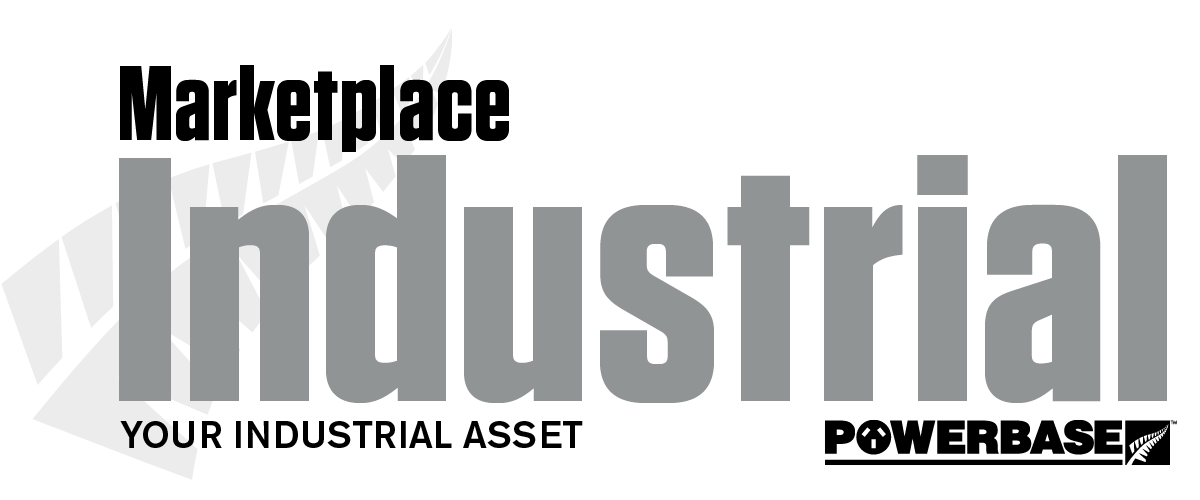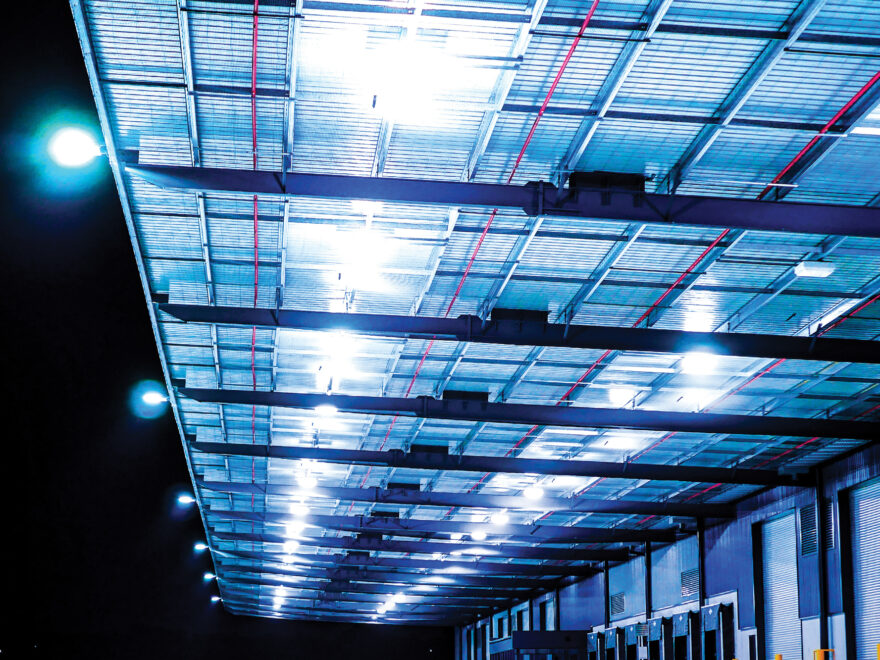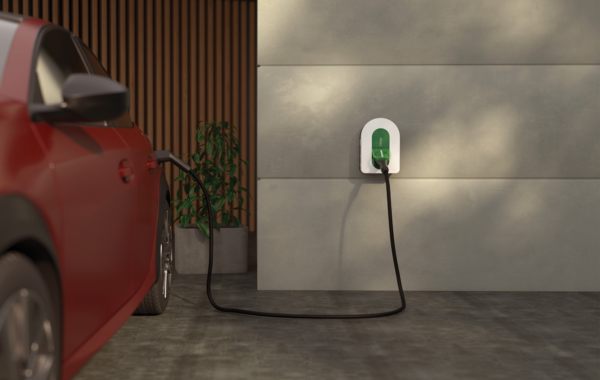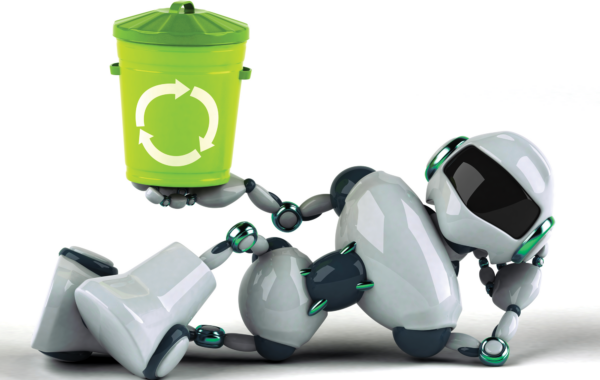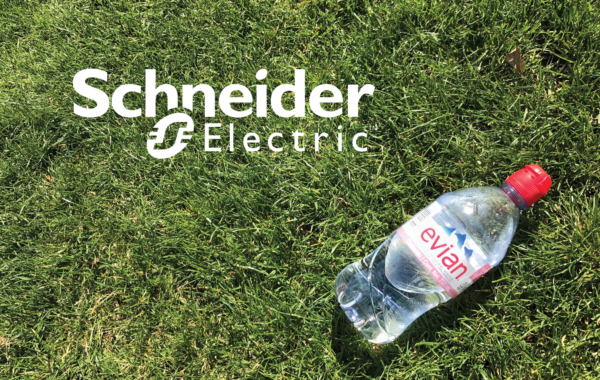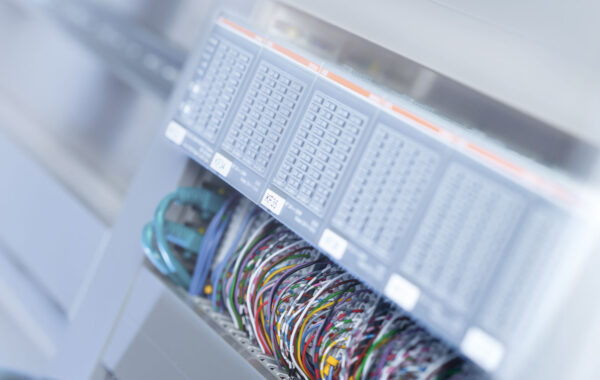The growth of the highbay lighting market has largely been triggered by rising energy expenses and the significant enhancement in energy efficiency that LED brings to the market segment.
The capacity of LED high bay lighting equipment to save energy has percolated down to even the lowest spec highbay where even entry level models boast efficacy of 140lm/W or better. The overwhelming demand for highbay lighting is determined by economic incentives such as reduced operational expenses (energy, longer maintenance free periods, no ‘wear’ parts etc) and shorter repayment periods.
Additionally due to the easy combination of networked communications, sensors, and other features into the technology their inherent benefits are multiplied.
The technology has truly come of age to the point where they are an ‘everyday product’, and electricians/contractors of all types, in all segments use them daily almost without thought, principally for their excellent energy saving credentials.
As a consequence, manufactures products/solutions have coalesced into broadly three categories; Good, Better and Best.
“Good”
This is where the main driver for the implementation of a LED Highbay solution is increased efficiency/performance. Little thought is given to the finer points of a formal lighting design as its generally a ‘remove (the old fixture) and replace’.
Luminaires in this space tend to be a ‘jack of all trades’ and maximise value in the one fitting such that the one luminaire can be used across the widest possible type of applications.
Typically they will feature:
– Lumen select: so that the actual level of illumination can be fine tuned by the installer at installation time (no design done remember). Additionally many retail spaces need repurposing between tenants, some requiring very different illumination levels. Think of the requirements of a Gym vs Café. Repurposing the space can be done at the flick of a switch.
– Colour Temperature switching: For many “remove and replace’
Example
Philips SmartBright DY240 TriColour

Key Features:
Lumen Select: 16k/23K/29K lumen
Power Select: 100/150/200W
Colour Select: 4000K / 5000K
Summary:
One part number will do everything.
“Better”
This is generally where a multi discipline/trade development or refurbishment is done, so professional project managers or designers are employed to set a vision and performance benchmarks for the completed project. As such, to convey this, lighting designs are done to specify (among other things):
- light levels,
- uniformity,
- glare/comfort,
- colour temperature.
Consequently at the lighting product level the more novel features at the ‘good’ level tend to be exchanged for better glare control, better uniformity (which is much more difficult with colour mixing technology) etc.
Philips CoreLine BY518 Round
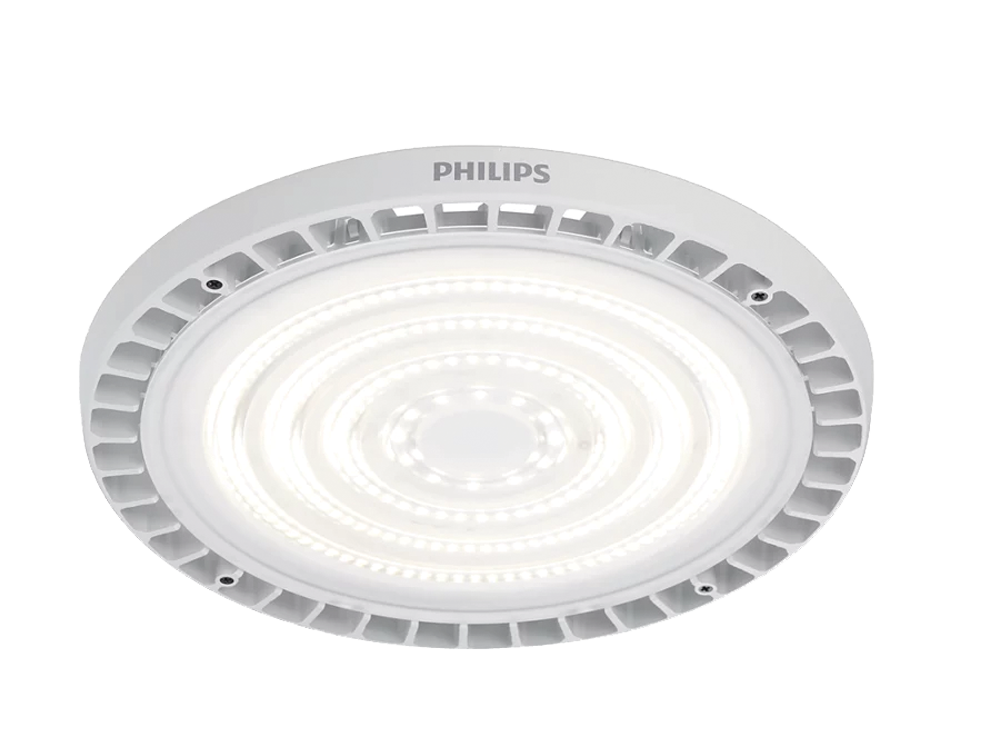
Key Features:
Frame sizes: Four, spanning 15K-30K lumens
Glare control: Wide Beam & Narrow Beam plus additional reflector available
Summary:
Wide range of models and options to meet the performance objectives of the design (or even just a high(er) quality installation).
“Best”
This is the highest level/category specifiers and consultants have to offer and generally provide the very best lighting experience alongside networked and data collection features. This is generally for enterprise customers or showcase installations (such as high end retail / car dealerships). Products at this level truly become solutions beyond mere lighting in aggregate.
Typically such a solution will offer:
- Very good colour rendition (>CRI85)
- Excellent Glare Control (<UGR22)
- Network ability, i.e. operate as a group in sensing applications
- Data aggregation to a BMS, i.e. people counting, heat maps etc
- Energy consumption dashboards and analysis
Philips Elite BY718
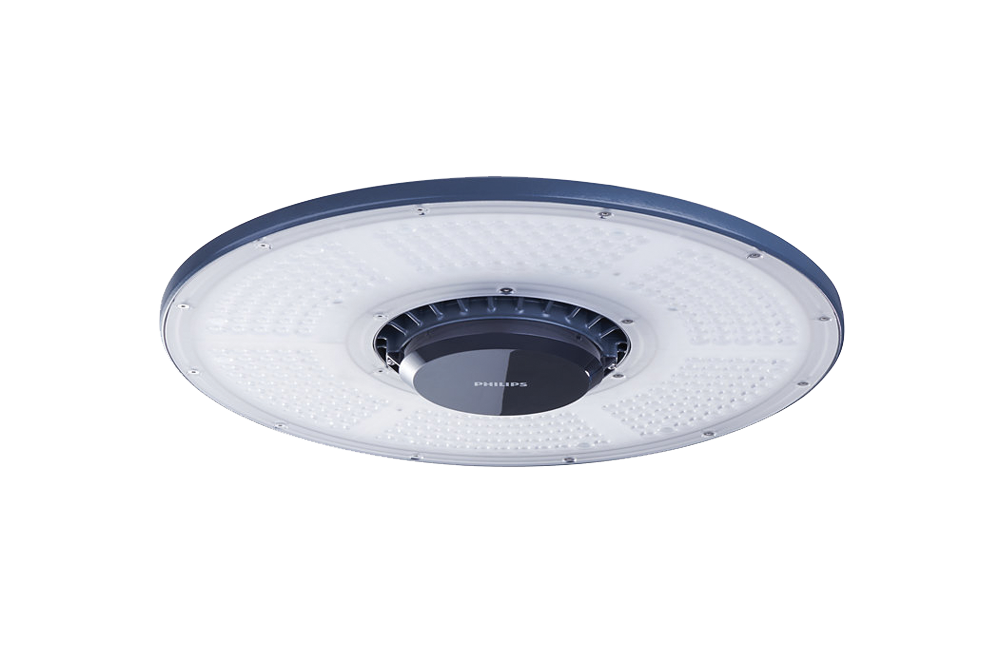
Key Features:
Frame sizes: six, spanning 10K-35K lumens
Glare control: Wide Beam & Narrow Beam plus additional beam angle options
Networking: Interact Wireless, Dali
Additional features: Interact offers enterprise level features such as heat maps, presence detection, people counting, daylight harvesting and much more. Essentially the Highbay is a sensor point.
Summary:
Almost anything is possible at this level of solution, but care is to be taken specifying the options as this spans lighting and information technology domains.

